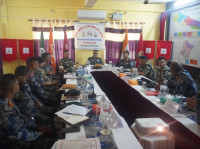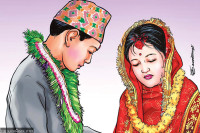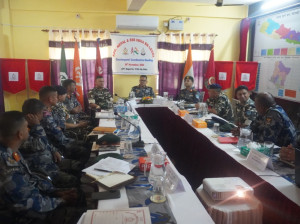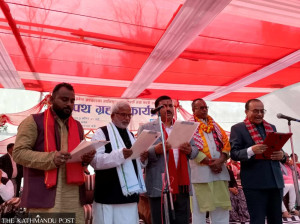Madhesh Province
Bardibas snakebite centre does not have a ventilator
In the absence of a ventilator, critical patients of snakebite in Bardibas are sent to other places for treatment.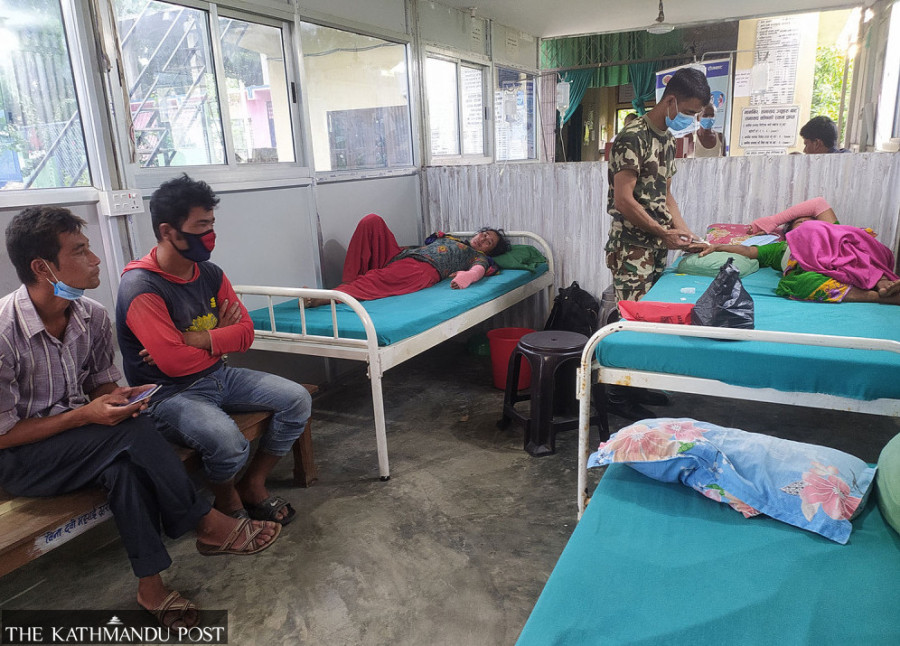
Sunita Baral
Manish Sunar from Gauridanda in Bardibas Municipality-3, Mahottari, was bitten by a snake three weeks ago. The 16-year-old was immediately rushed to the snakebite treatment centre at Bardibas-3 but his treatment was not possible there, as the centre did not have a ventilator.
The centre then referred Sunar to Janakpur for treatment. He died on the way.
“Sunar’s condition was very critical. We referred him to Janakpur as we could not treat him here without a ventilator,” said Padam Gurung, a technician at the snakebite treatment centre in Bardibas.
The centre does not have a single ventilator. In the absence of a ventilator facility, the centre has to refer critical patients to other health institutions for treatment.
“Many snakebite patients visiting the centre return home after treatment. But some patients in critical condition need to be referred to other institutions, as we don’t have a ventilator. Such patients may die on their way to a hospital,” said Gurung.
Victims of snakebite should be taken to treatment centres at the earliest, Gurung added.
Snakebite incidents are reported in several Tarai districts and some hill districts of the country every year. According to estimates, hospitals in the southern plains see up to 20 snakebite patients a day in the monsoon, as parts of the region get flooded by rains.
Many snakebite patients from various settlements in Sarlahi, Dhanusha, Sindhuli and Ramechhap districts visit the Bardibas-based centre for treatment. According to Gurung, 10 to 15 snakebite patients visit the eight-bed centre for treatment every day.
“Normally, up to 21 vials of anti-snake venom serum is needed for each snakebite victim. But in the summer, more vials are needed, as venomous snakes come out of the ground to escape the heat,” Gurung said.
Technicians at the treatment centre underscore the importance of ventilators for the treatment of critical snakebite patients.
However, chief of the centre Krishna Prasad Devkota says the health institution has been unable to set up a ventilator facility despite repeated requests to the government authorities and social organisations.
“We need additional human resources and funds to run a ventilator facility which is why we are requesting donors to help us,” said Devkota.
Nepal is home to around 17 highly venomous snakes. Each year, the country sees about 20,000 to 40,000 cases of snakebite. The numbers could be higher, as many cases of snakebite go unreported, health workers say.
According to the record of the snakebite centre in Bardibas, it reported an increase in the number of snakebite victims in the fiscal year 2020-2021.
“Three-hundred and seven snakebite victims received treatment from the centre in the fiscal year 2020-21,” said Devkota.
The World Health Organisation estimates that around 5.4 million snakebite incidents occur globally each year, resulting in up to 2.7 million cases of envenoming. It also estimates that up to 137,880 deaths and three times as many amputations, and other disabilities, occur each year due to snakebites.




 17.12°C Kathmandu
17.12°C Kathmandu



